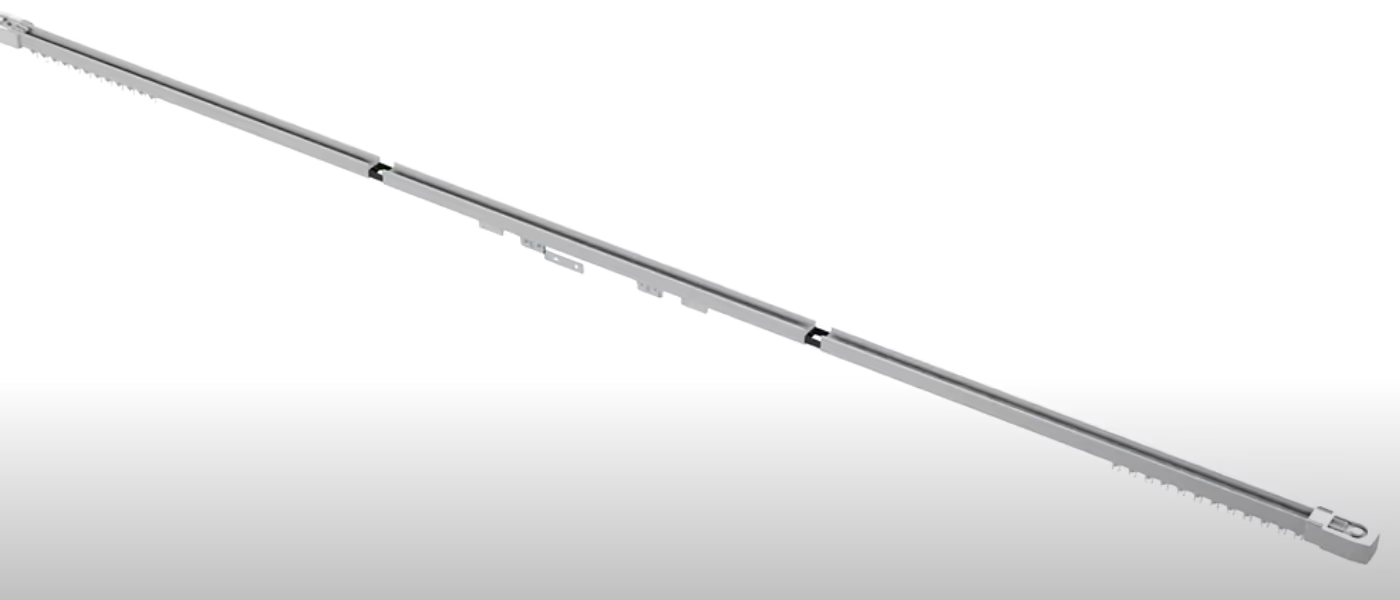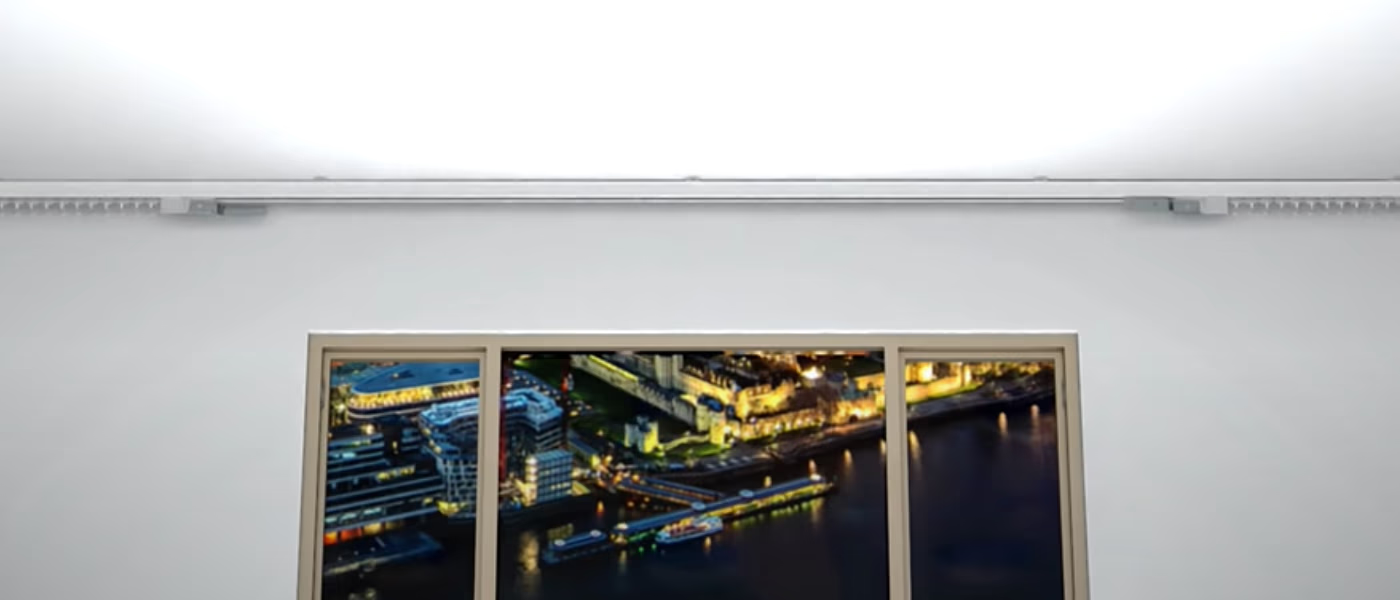This guide will walk you through the process of installing curtain tracks. You’ll learn about the different types of rails, the tools needed, and step-by-step instructions for installation.
Types of Curtain Tracks


Tools and Materials Needed

Tools Required:

Materials Needed
Step-by-Step Installation Guide




FAQs about Putting Up a Curtain Track
What type of curtain track should I choose for my curtains?
The choice of curtain track depends on the weight and style of your curtains. For lightweight curtains, standard tracks work well. For heavier fabrics, consider heavy-duty or motorized tracks. Curved tracks are ideal for bay windows, while flexible tracks can adapt to unique shapes.
Do I need special tools to install a curtain track?
Basic tools are sufficient for installing a curtain track. You will need a measuring tape, pencil, drill, screwdriver, level, and possibly a step ladder. Ensure you have wall plugs or anchors if mounting on drywall.
How high should I install my curtain track?
A common guideline is to install the track about 10-15 cm above the window frame. This height allows for better light control and a more visually appealing look. Adjust based on your specific window size and personal preference.
What should I do if my curtain track is difficult to move?
If your curtain track is stiff or not moving smoothly, check for obstructions or misaligned gliders. Lubricating the track with a silicone-based lubricant can also help improve movement. If issues persist, inspect for any damaged parts that may need replacement.
Can I install a curtain track without drilling into the wall?
Yes, there are adhesive options available that allow you to install curtain tracks without drilling. These tracks use strong adhesive strips to attach directly to the wall or ceiling. However, ensure that the surface is clean and suitable for adhesion to avoid any issues.


